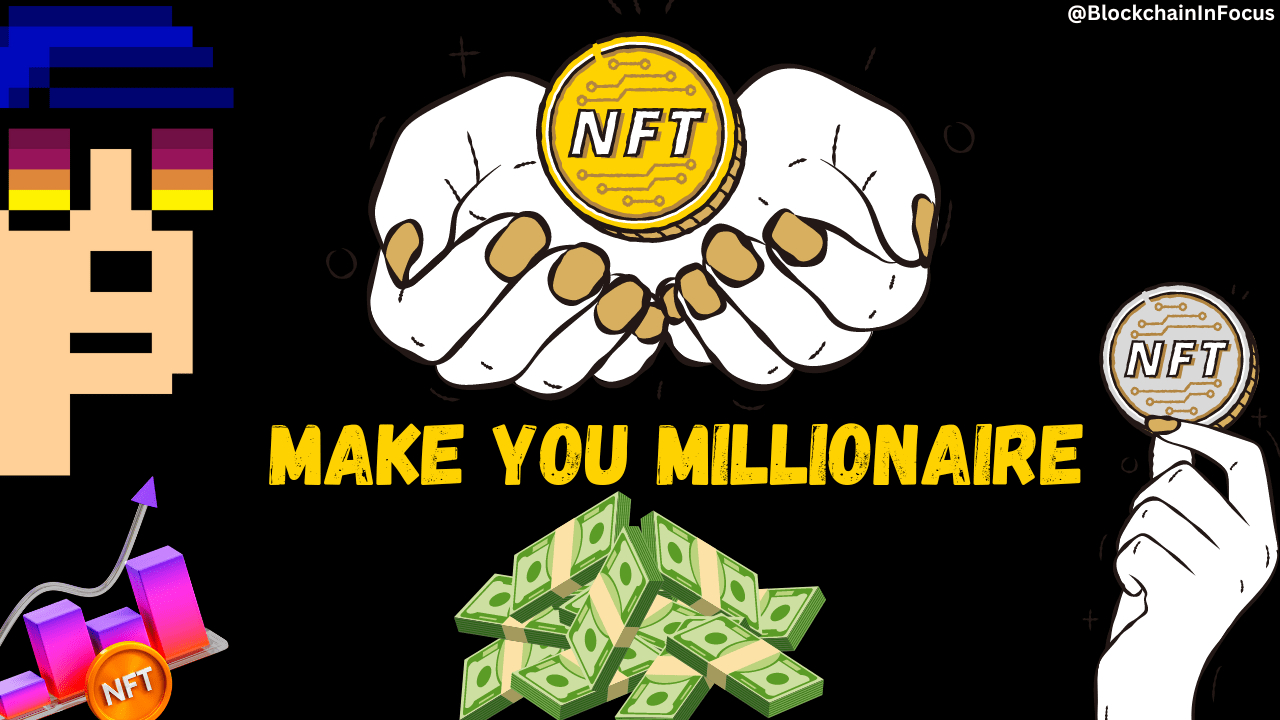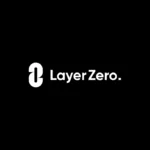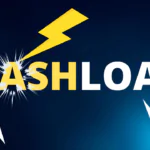Introduction
In recent years, a revolutionary concept has taken the digital world by storm – Non-Fungible Tokens, or NFTs. These unique digital assets have gained immense popularity due to their ability to represent ownership of digital or physical items using blockchain technology. In this article, we will delve into the intricacies of NFTs, exploring their creation, origin, and the process of uploading them. By the end, you will have a comprehensive understanding of NFTs and be ready to embark on your journey into the world of digital ownership.
What are NFTs?
NFTs, or Non-Fungible Tokens, are unique digital assets that are stored on a blockchain. Unlike cryptocurrencies such as Bitcoin or Ethereum, which are fungible and can be exchanged on a like-for-like basis, NFTs have distinct properties and cannot be mutually substituted. Each NFT contains identifying information, making it one-of-a-kind and verifiably scarce.
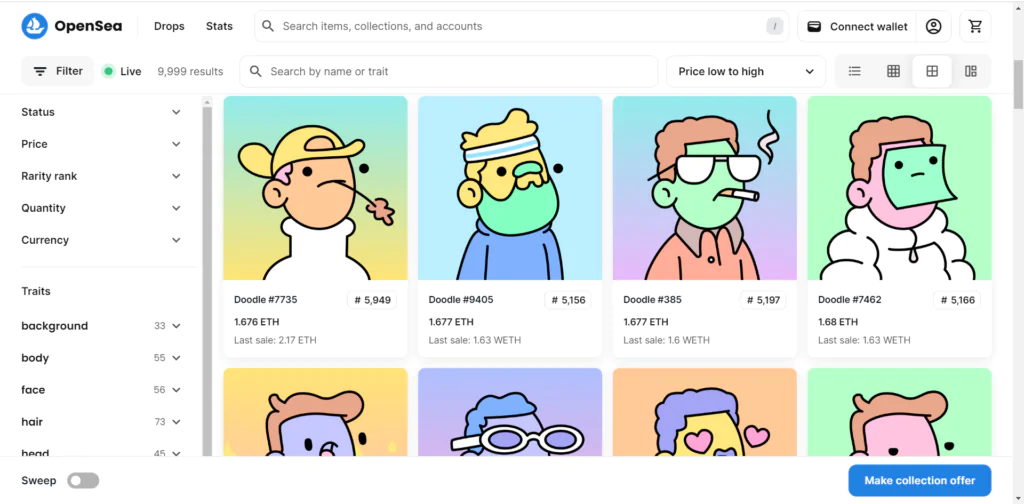
How Do NFTs Work?
NFTs leverage blockchain technology to establish ownership and provenance. They are typically built on the Ethereum blockchain, which allows for the creation and exchange of NFTs through smart contracts. These smart contracts define the rules and characteristics of each NFT, including ownership, transferability, and royalties.
The Creation of NFTs
To create an NFT, you need to follow a few essential steps. These involve selecting a platform, setting up a digital wallet, minting the NFT, uploading metadata, and setting a price. We will explore these steps in detail later in the article.
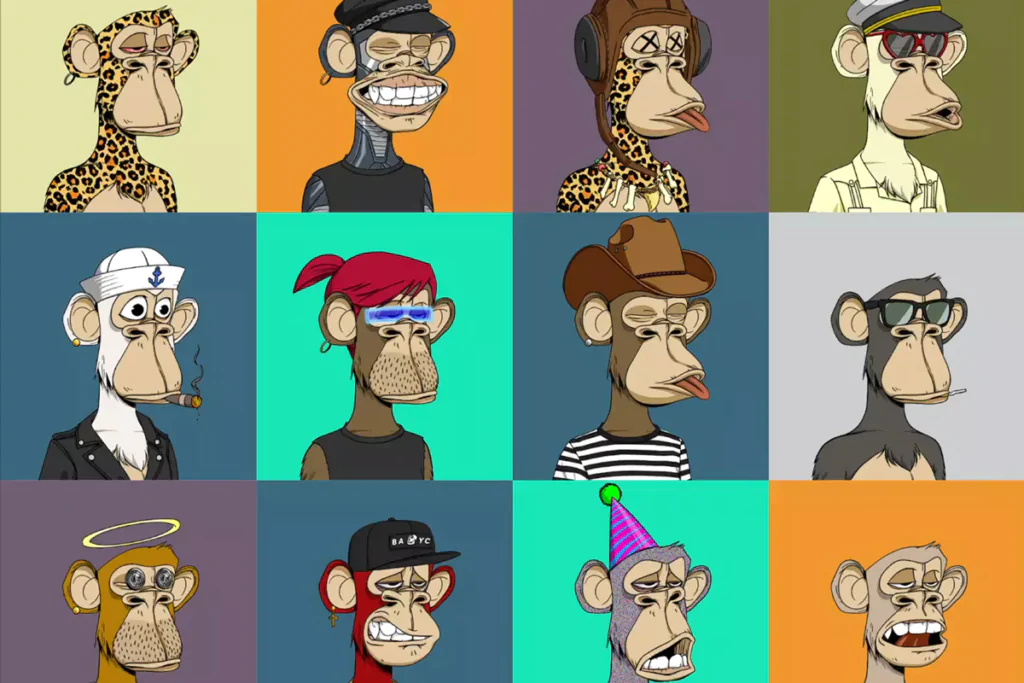
The First NFT: A Brief History
The concept of NFTs dates back to 2012 when programmer and entrepreneur J.R. Willett introduced the idea of colored coins on the Bitcoin blockchain. However, it was in 2017 that the first NFT, known as CryptoPunks, was created by Larva Labs. This marked the beginning of a new era, with NFTs gaining traction and evolving into what we see today.
Exploring Different Types of NFTs
NFTs have found their way into various domains, including art, collectibles, gaming, virtual worlds, and even the music industry. Artists, creators, and enthusiasts have embraced NFTs as a means of expressing ownership, creativity, and digital scarcity. Each sector has its own unique characteristics and features, attracting a diverse range of participants.
Understanding the Blockchain Connection
Blockchain technology is the backbone of NFTs, providing a transparent and decentralized ledger for recording transactions. NFTs use blockchain to ensure authenticity, provenance, and immutability. By leveraging the power of the blockchain, NFTs eliminate the need for intermediaries and enable peer-to-peer transactions.
Steps to Create an NFT
1. Selecting a Platform
There are several platforms available for creating and selling NFTs. Popular options include OpenSea, Rarible, SuperRare, and Mintable. Each platform has its own unique features, user base, and fee structure. Researching and selecting the right platform is crucial to ensure a seamless NFT creation and selling experience.
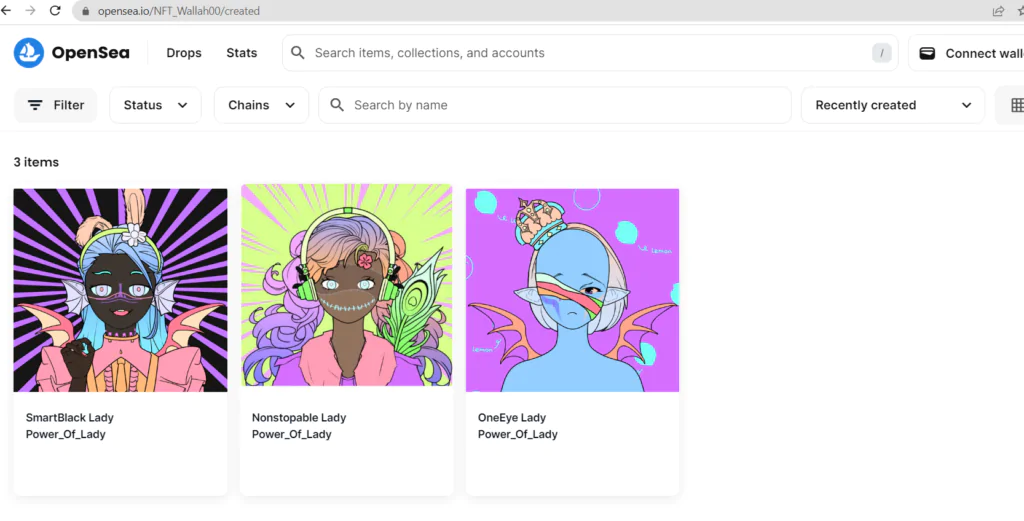
2. Setting Up a Digital Wallet
Before creating an NFT, you need to set up a digital wallet compatible with the platform you choose. Wallets such as MetaMask or Trust Wallet allow you to store, send, and receive Ethereum and ERC-721 tokens. These wallets generate a unique address that acts as your digital identity on the blockchain.
3. Minting an NFT
Minting refers to the process of creating a new NFT. Most platforms offer a user-friendly interface for minting NFTs. You will typically need to provide details such as a title, description, and image or media file. Additionally, you can set royalty fees to earn a percentage from future sales of your NFT.
4. Uploading and Verifying Metadata
To enhance the value and understanding of your NFT, you can upload additional metadata. This can include details about the artwork, the artist’s statement, or any additional files associated with the NFT. Verifying the metadata ensures transparency and builds trust with potential buyers.
5. Setting a Price and Listing the NFT
Once your NFT is minted and metadata is uploaded, you can set a price for your creation. This can be in Ether (ETH) or a stablecoin, depending on the platform. After setting the price, you can list your NFT for sale on the platform’s marketplace. It’s essential to consider market demand, trends, and comparable sales when pricing your NFT.
NFT Marketplaces: Where to Buy and Sell
NFT marketplaces serve as platforms for buying and selling NFTs. These marketplaces bring together creators, collectors, and investors, providing a space to discover, showcase, and trade NFTs. OpenSea, SuperRare, and Nifty Gateway are some of the most popular marketplaces, each offering a unique selection of NFTs and features.

NFTs in Art and Collectibles
The art world has been significantly impacted by NFTs, with artists exploring new mediums and revenue streams. NFTs allow artists to directly sell their digital creations, retain royalties, and connect with a global audience. Additionally, NFTs provide collectors with verifiable ownership and provenance, fostering a new era of digital art appreciation.
NFTs in Gaming and Virtual Worlds
NFTs have made a significant impact on the gaming industry, enabling players to own, trade, and monetize in-game assets. Virtual worlds like Decentraland and Sandbox offer immersive experiences where users can buy and sell virtual land, artwork, wearables, and more. NFTs have the potential to reshape the gaming landscape, providing true ownership and value to players.
NFTs in the Music Industry
In the music industry, NFTs have opened up new avenues for artists to engage with their fans and monetize their work. Musicians can release limited-edition tracks, albums, or unique experiences as NFTs, providing exclusive content and rewards to their supporters. NFTs empower artists to establish a direct connection with their audience while generating revenue in a decentralized manner.
Legal Considerations and Intellectual Property Rights
As NFTs gain popularity, legal considerations and intellectual property rights come to the forefront. Artists and creators must understand copyright laws, licensing agreements, and potential infringements. Additionally, buyers should be aware of the rights they acquire when purchasing an NFT and any usage restrictions that may apply.
Risks and Challenges of NFTs
While NFTs offer exciting opportunities, they also come with risks and challenges. Some of the key concerns include market volatility, environmental impact, scams, and copyright infringement. It’s crucial for participants in the NFT space to exercise caution, conduct thorough research, and stay informed to mitigate these risks.
The Future of NFTs
The future of NFTs is ripe with possibilities. As technology evolves, we can expect advancements in scalability, interoperability, and sustainability. NFTs have the potential to revolutionize various industries, redefine ownership, and empower creators in ways we have yet to fully comprehend.
Conclusion
In conclusion, NFTs have emerged as a groundbreaking innovation in the digital landscape. They provide a unique way to establish ownership, monetize digital assets, and create new experiences. By understanding the process of creating NFTs, exploring different use cases, and staying informed about the associated risks and challenges, you can navigate the world of NFTs with confidence and embark on an exciting journey of digital ownership.
FAQs
- What does NFT stand for? NFT stands for Non-Fungible Token.
- Can I create an NFT without using blockchain technology? No, the concept of NFTs relies on blockchain technology for authentication and provenance.
- Do NFTs have any real-world value? NFTs derive value from the perceived worth assigned to them by buyers and collectors. They can be bought, sold, and traded like physical assets.
- Can I sell my NFT after I’ve created it? Yes, once you have minted an NFT, you can list it for sale on NFT marketplaces and potentially earn a profit if a buyer purchases it.
- Are NFT transactions reversible? Once an NFT transaction is recorded on the blockchain, it is immutable and cannot be reversed. However, it’s essential to conduct due diligence before purchasing an NFT to ensure its authenticity and value.
More about NFTs – Wikipedia
Read more – Binance 2023: A Comprehensive Guide on How to Use and Benefit from Binance
Read more – ZkSync Airdrop 2023 : Guide to Participating
Read more – Blockchain Developer Roadmap 2023 : A Step-by-Step Guide
